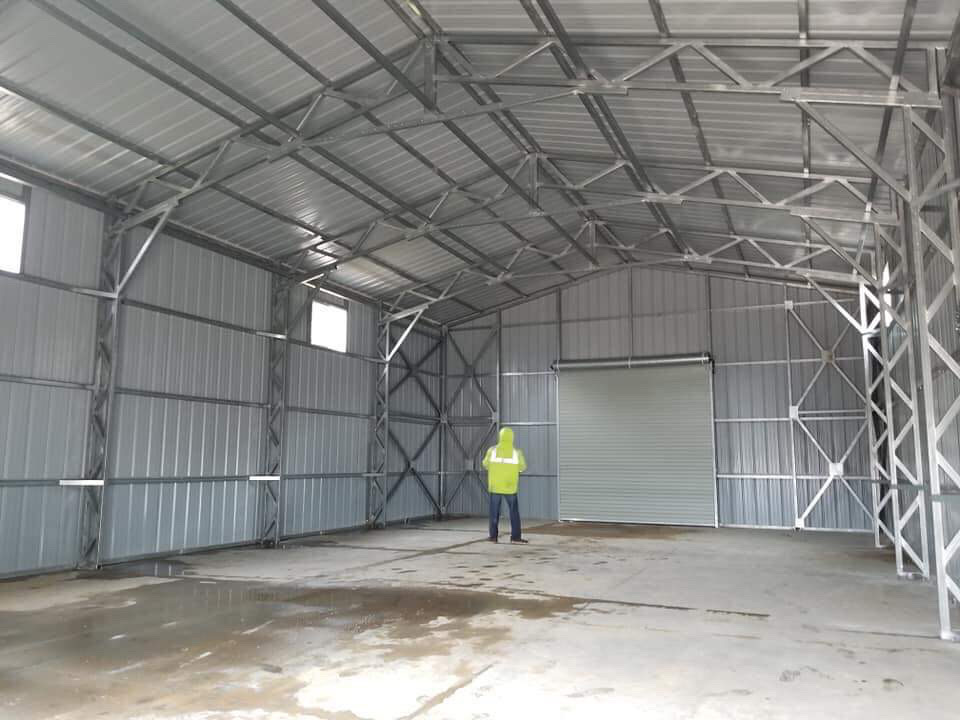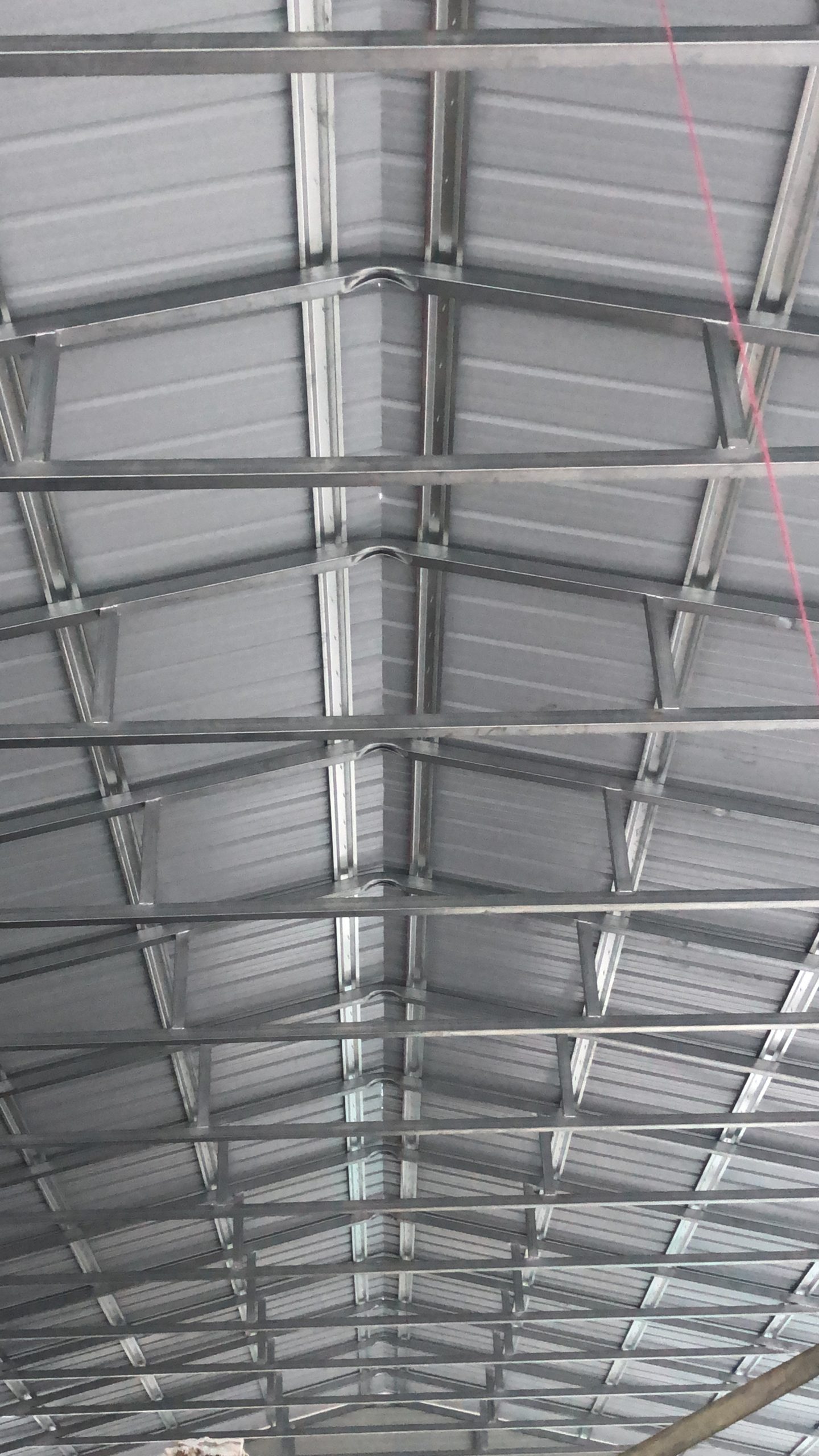
One of the ways to have an efficient, safe, and secure building is to ensure every component is well-made. Frames and walls are no exemptions in this matter. Choosing the right type for this element is critical if you like a durable and long-lasting structure. In this sense, framing your building with light-gauge steel is a wise choice.
In choosing the light-gauge steel framing
Wood is still a common frame type, but for some reasons—including mere familiarity. While wood may be cheaper in the short term, it can cause headaches down the road due to warping, rotting, or pest infestations.
Light-gauge steel is a modern approach, but it deserves to be recognized as a practical method.
Lighter weight – Light-gauge steel framing is much lighter than traditional wood or concrete frames. The construction demands less labor, making it smooth and quick to finish. Moreover, steel framing components come prefabricated and ready to be assembled on the job site. It does not only push the construction finish in far less time than traditional wood or concrete frames. It also reduces construction costs and the amount of on-site labor needed.
Improved energy efficiency – Light-gauge steel framing is impervious to moisture, mold, and rot, so it helps improve the overall thermal efficiency of a building. In addition, insulated steel walls can reduce air infiltration by up to 40%.
Greater design flexibility – Light-gauge steel frames are highly customizable. These offer framing doable for more creative designs. For example, you can accommodate curves, arches, cathedral ceilings, and other architectural features.
Easier maintenance – Steel framing is virtually maintenance-free. It doesn’t need painting or staining like wood frames, which can help reduce the long-term cost of ownership.
Low environmental impact – Steel is a recyclable material, so light-gauge steel framing helps lessen waste and conserve resources. In addition, steel frames don’t require cutting down trees or using toxic chemicals like formaldehyde.
More rugged structure – Undoubtedly, steel is one of the sturdy materials available as it has more resistance to different elements. These include fire, high winds, and earthquakes that can cause damage to a building’s structure. So, light-gauge steel framing provides the same benefits. It has a longer life expectancy without needing major repairs or replacements.
Cost-efficiency – the things mentioned above are just a few factors why light gauge steel frames are worthwhile or cost-efficient. And in addition to its fire-resistance feature, it helps reduce insurance premiums.
Read: What’s The Difference Between 14 Gauge And 12 Gauge Framing?
To get the optimal result

When using light-gauge steel framing, doing a couple of things is essential to get the best result. For example, invest in quality materials. Check if the steel is galvanized rightly. Galvanizing is a chemical process where steel is coated with zinc for corrosion protection. With it, steel frames are more corrosion-resistant and stronger even with prolonged exposure to moisture or extreme temperatures.
It is also beneficial to use insulated paneling when building a project with light-gauge steel framing. It provides superior energy efficiency and can diminish sound transmission outside the building. Moreover, ensuring the installation is well done is of utmost importance to be well-done. An excellent step to accomplish this is getting the service of a light-gauge steel expert. In this way also, you get guidance on the best materials and installation techniques. Moreover, you have confidence that the construction will be smooth and successful.
